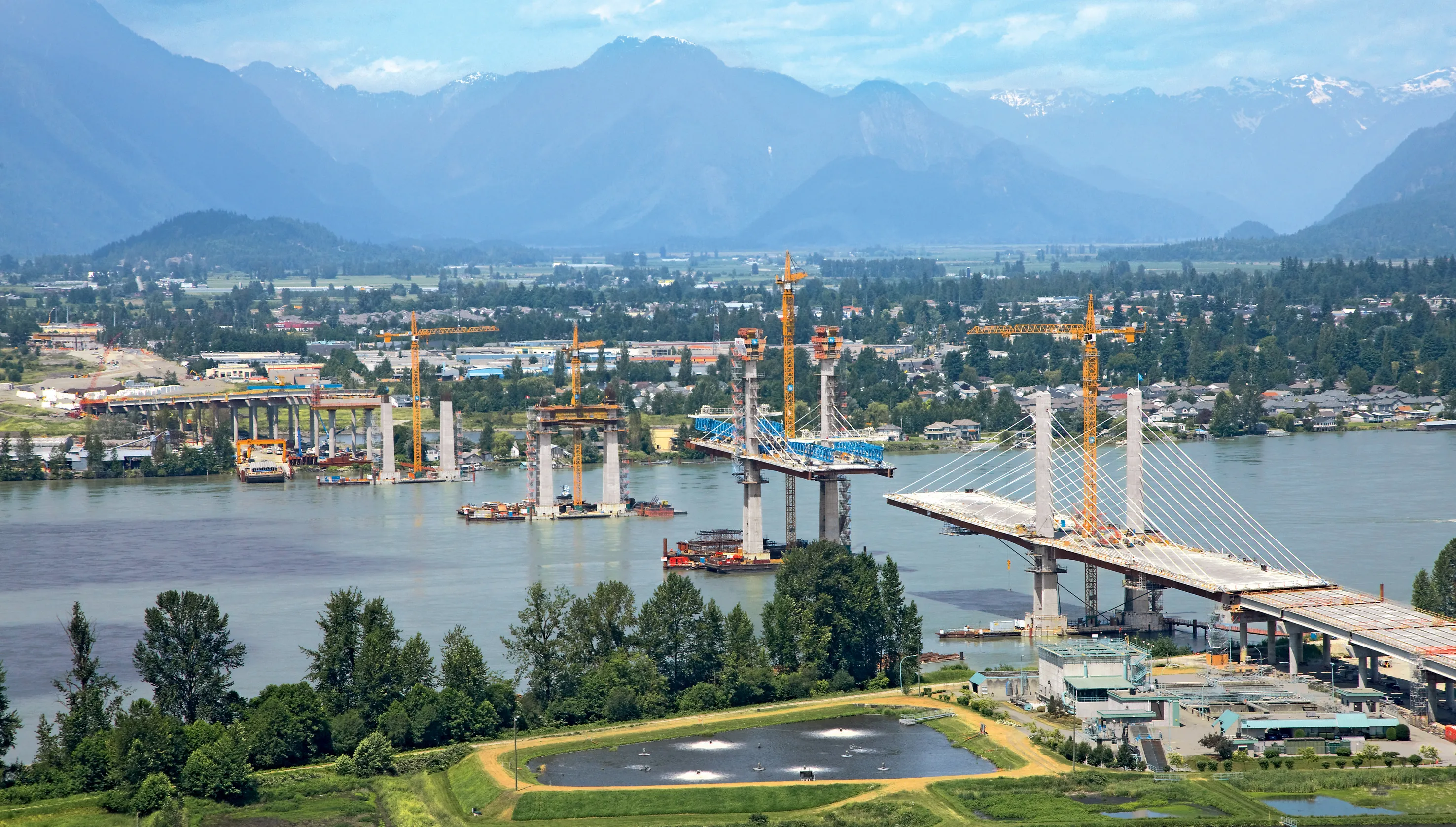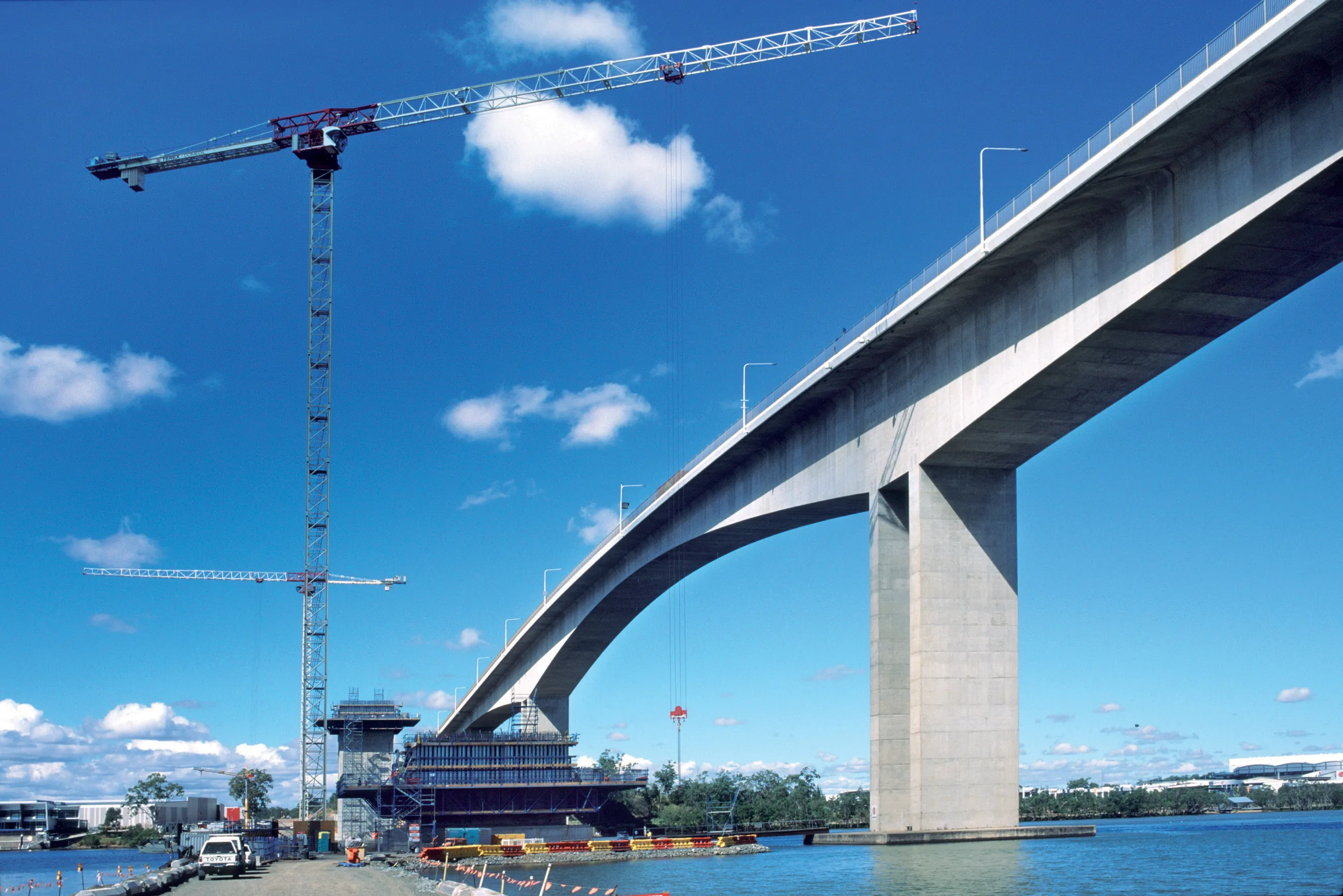Austrian construction firm STRABAG has won a major road contract from Poland’s General Directorate for National Roads and Highways (GDDKiA). The deal is for the construction of a 40km section of the S8 Expressway between Walichnowy and Sieradz Poùudnie, some 240km to the south west of capital Warsaw.
March 21, 2012
Read time: 2 mins
Austrian construction firm 945 Strabag has won a major road contract from Poland’s General Directorate for National Roads and Highways (1361 GDDKiA). The deal is for the construction of a 40km section of the S8 Expressway between Walichnowy and Sieradz Poùudnie, some 240km to the south west of capital Warsaw. The contract is worth some €254 million and the work is now starting and expected to take some 27 months to complete. It is worth noting that concrete construction will be used for the S8. The work is being carried out in two stretches and the 19km section of S8 between Walichnowy and Zùoczew is for four lanes and includes construction of a junction with the busy National Road 45 as well as 16 bridges. Due to difficult geological conditions, the area will require a total of 60,000m of piles and 700,000m³ of geotextiles. The construction work will be carried out by local subsidiaries 2861 Hermann Kirchner Polska, STRABAG Sp and Heilit+Woerner Budowlana. The firm’s bid of €157.4 million was the lowest out of the eight submitted in the tender. Other bidders included 3414 Shanghai Urban Construction Group and the consortia of: 3305 Polimex-Mostostal, Pol-Aqua and PBG. The second section between Zùoczew and Sieradz Poùudnie is 19.6km long and features two lanes, again using concrete technology. The section also requires the construction of 18 bridges, the conversion of local and municipal roads, as well as the construction of the Dàbrowa Wielka rest area including the technical infrastructure. The works are being carried out by a consortium of STRABAG Sp and Heilit+Woerner Budowlana. “The difficult subsoil conditions of this project represent a special challenge: our great experience and our technical know-how in this field afforded us a decisive advantage and allowed us to secure the contract,” said STRABAG SE CEO Dr Hans Peter Haselsteiner. In all GDDKiA has signed contracts for the construction of four sections (2,3,4 and 5) of the S8 road, which measure a total length of over 78km. The value of the contracts is close to €620.6 million.








